Have you ever wondered how many rare dog breeds are still waiting to be discovered?
Most people only know the same popular dogs, but there is a whole world of extraordinary dog breeds you need to know about. Some were initially bred for ancient work, others lived beside royalty, and some hairless dogs stayed hidden in small villages or faraway lands.
According to the American Kennel Club (AKC), there are over 200 recognized breeds, including some official state dogs, in the world today; yet, most of us only meet a few in our lifetime. That means many rare dogs remain unnoticed, even by experienced dog owners who think they’ve seen it all.
These dogs are full of history, heart, and mystery. Some guarded flocks on snowy mountains. Some hunted in silence. Some stayed loyal to one family for generations. Each dog has a story, a purpose, and a spirit that makes it unforgettable.
This is not just a list of dog breeds. It’s a journey into a world of rare dog breeds, shaped by time, work, and love.
Once you learn about them, you may never look at dogs the same way again.
Extraordinary Dog Breeds You Need to Know About
1. Komondor

Have you ever seen a dog that looks like a walking mop?
The Komondor might surprise you at first glance, but this is one of those rare dog breeds you need to know about. It is large, strong, and covered in long white cords that protect its skin. This rare breed comes from Hungary, where it worked as one of the toughest guard dogs on estates and farms for thousands of years.
The Komondor watched over sheep and other livestock without fear, acting as one of the most reliable dogs to guard livestock without fear. It still keeps that bold spirit today. The Komondor is not a dog for beginners. It needs experienced dog owners who understand training, space, and patience.

This dog was bred to think alone, so it makes smart choices even when humans are not around. It is calm with family but wary of strangers. It requires early socialization and regular exercise, and attention from its owners, despite its appearance of being soft and slow. Behind those long cords is a powerful dog with a loyal heart.

Fun Fact
The Komondor is one of the most unique rare dog breeds in the world, famous for guarding animals and homes for hundreds of years.
2. Bergamasco Sheepdog
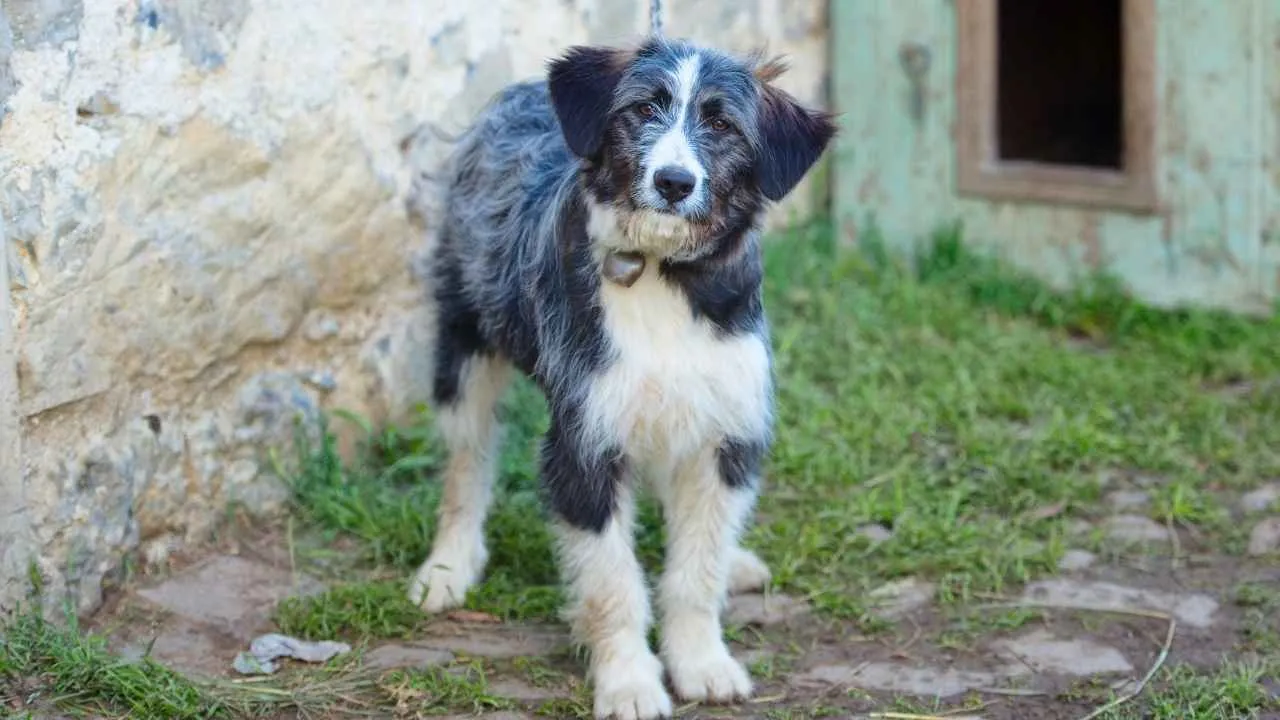
Ever met a dog that looks like it’s wrapped in woolly blankets?
The Bergamasco Sheepdog is truly one of the most remarkable rare dog breeds. Originating in the Italian Alps around Bergamo, this medium‑sized herding dog has a coat unlike most others.
Instead of sleek fur, its hair weaves into felt‑like mats called “flocks,” giving the Bergamasco a unique coat that protects against harsh mountain weather and predators. Despite its rugged appearance, this Shepherd dog is gentle and deeply connected to its family.
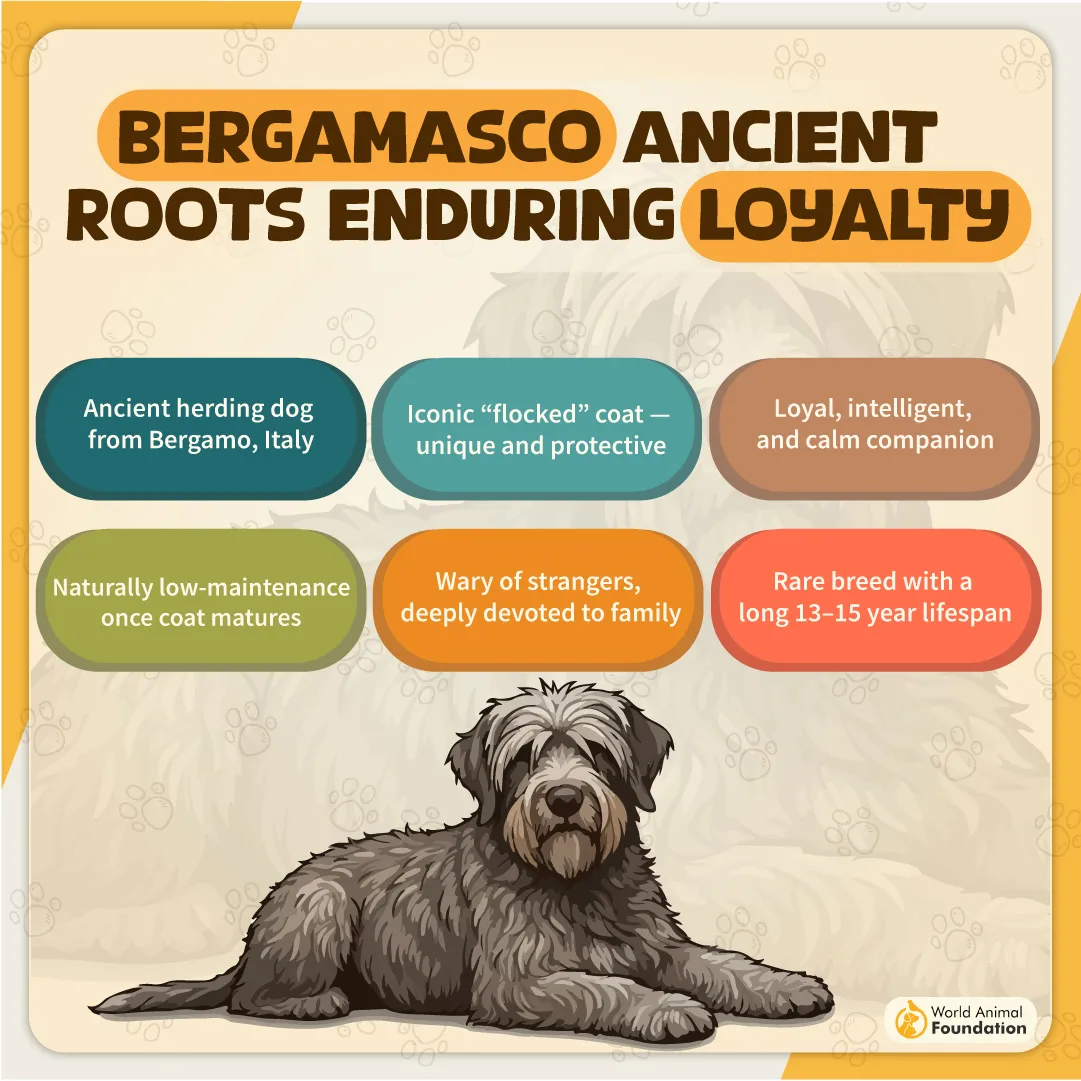
It’s intelligent and independent, yet it thrives on companionship and mental engagement. While not a high‑energy breed, it enjoys a good walk, herding-style activities, or calm playtime. Training works best using patient, positive reinforcement— they receive commands better when taught kindly.

Fun Fact
According to PetMD, when the Bergamasco turns one year old, its coat must be “ripped” apart into separate flocks — but once this process is done, the mats are permanent, and the coat only needs a light check regularly.
3. Skye Terrier
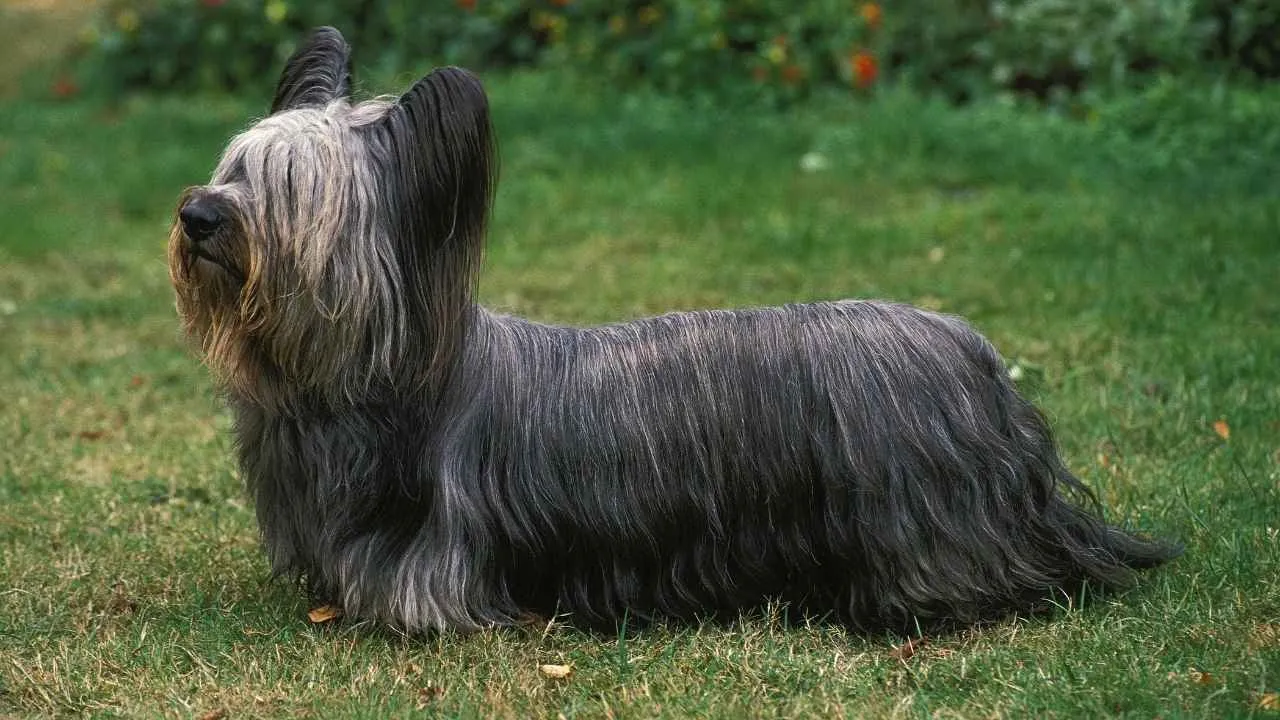
Could a fearless little pup be hiding underneath that long, silky coat?
The Skye Terrier is one of the most elegant yet rare dog breeds. From Scotland’s Isle of Skye, this terrier was initially bred to hunt small game like foxes and badgers.
Standing low to the ground with a long, flowing double coat that sweeps the floor, it looks fragile — but make no mistake: this is an independent thinker and very devoted companion. Though they are terriers, Skyes are not all about non-stop action.
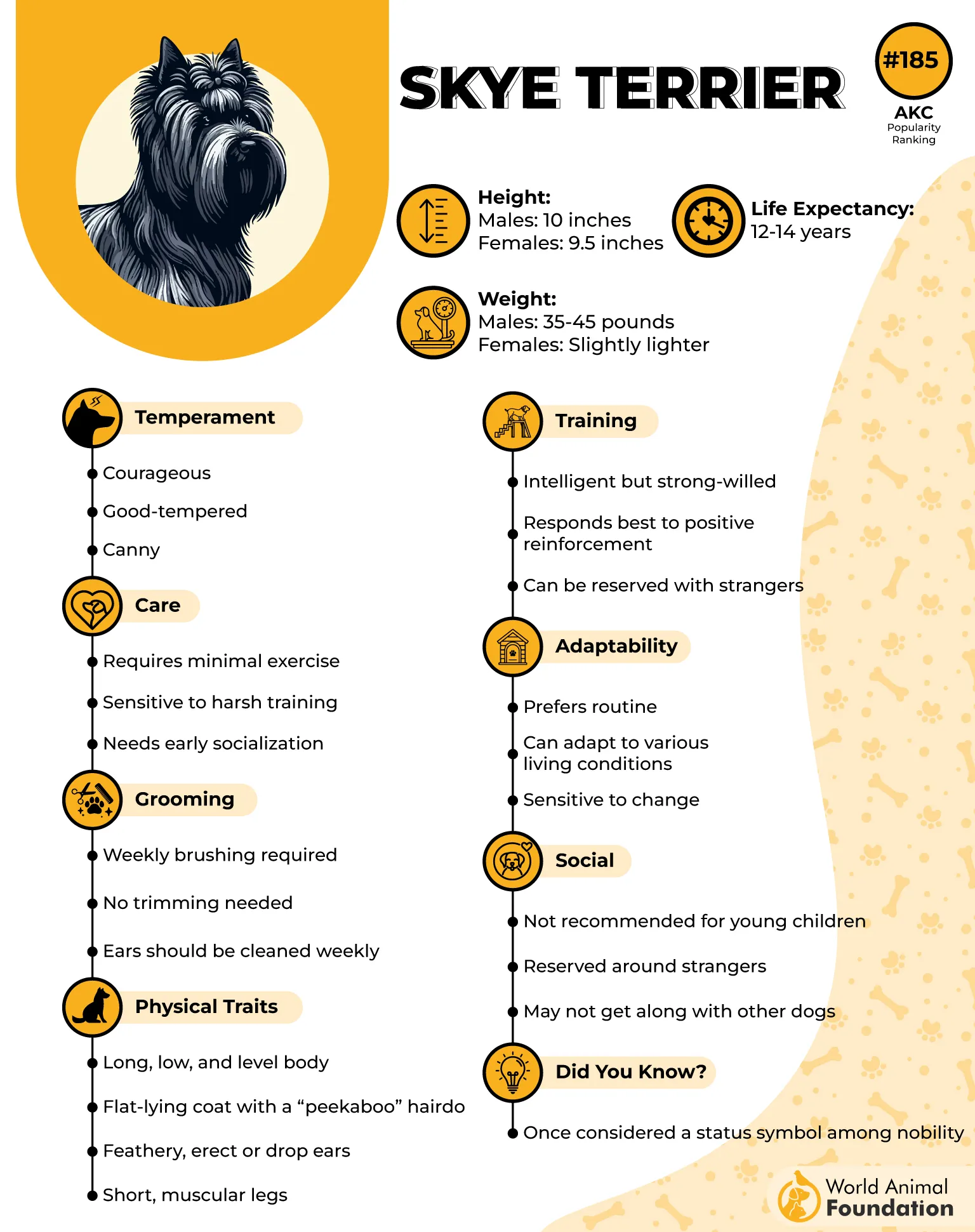
They need about an hour of regular exercise each day and are relatively low-maintenance for a long-haired terrier. Combine that with socialization and mental challenges, and they become affectionate, gentle, and deeply attached to their family.
Training should use positive reinforcement — they don’t respond well to harsh voices. Their graceful look, elegance, and old‑world dignity make them a timeless and refined choice.
Fun Fact
As noted by Wikipedia, the Skye Terrier’s most famous story is about Greyfriars Bobby, a loyal dog who reportedly stayed by his master’s grave for 14 years — a legendary example of true companionship that even inspired memorials during World War II.
4. Dandie Dinmont Terrier

Could a dog be brave enough to take on badgers and otters — and still be the size of a couch ornament?
The Dandie Dinmont Terrier is one of those rare dog breeds that feels like a little package of big character. This small terrier has a long, low‑slung body, a large domed head, and a silky topknot that gives it a gentlemanly charm.
Back in the day, it was initially bred to hunt otters and badgers in the England-Scottish borderlands. Despite its hunting roots, the Dandie is a surprisingly calm and affectionate companion today.
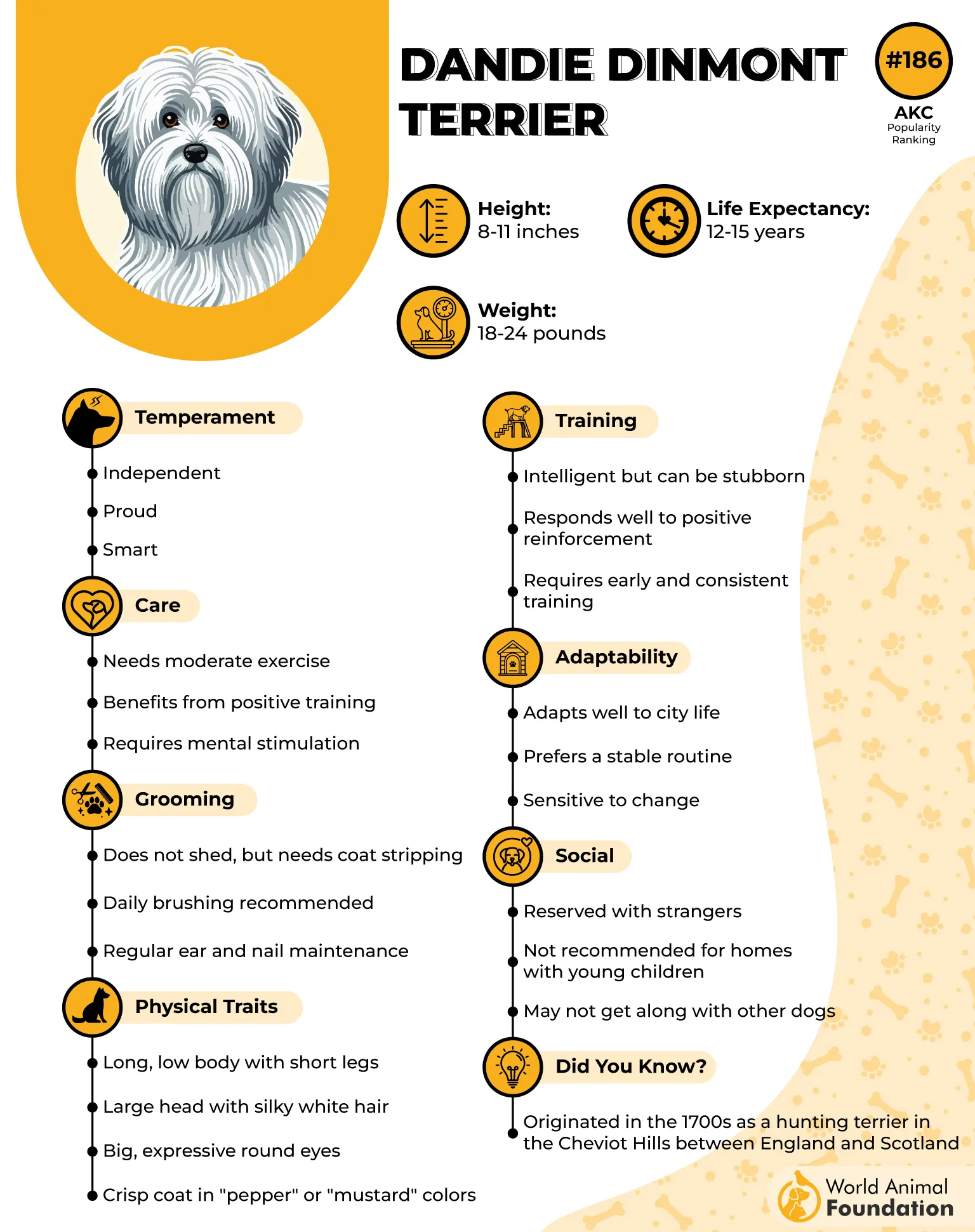
It only needs moderate exercise, such as a daily walk or play session, yet its intelligence and independent nature mean training must be consistent and kind.
Its coat is just as unique — a mix of soft and hard hairs in “pepper” or “mustard” shades, with a silky puff on its head that must be hand‑stripped a couple of times a year.
Fun Fact
The breed gained fame from a fictional character — Sir Walter Scott’s novel Guy Mannering features a farmer named Dandie Dinmont, who owned terriers called Pepper and Mustard.
5. Azawakh
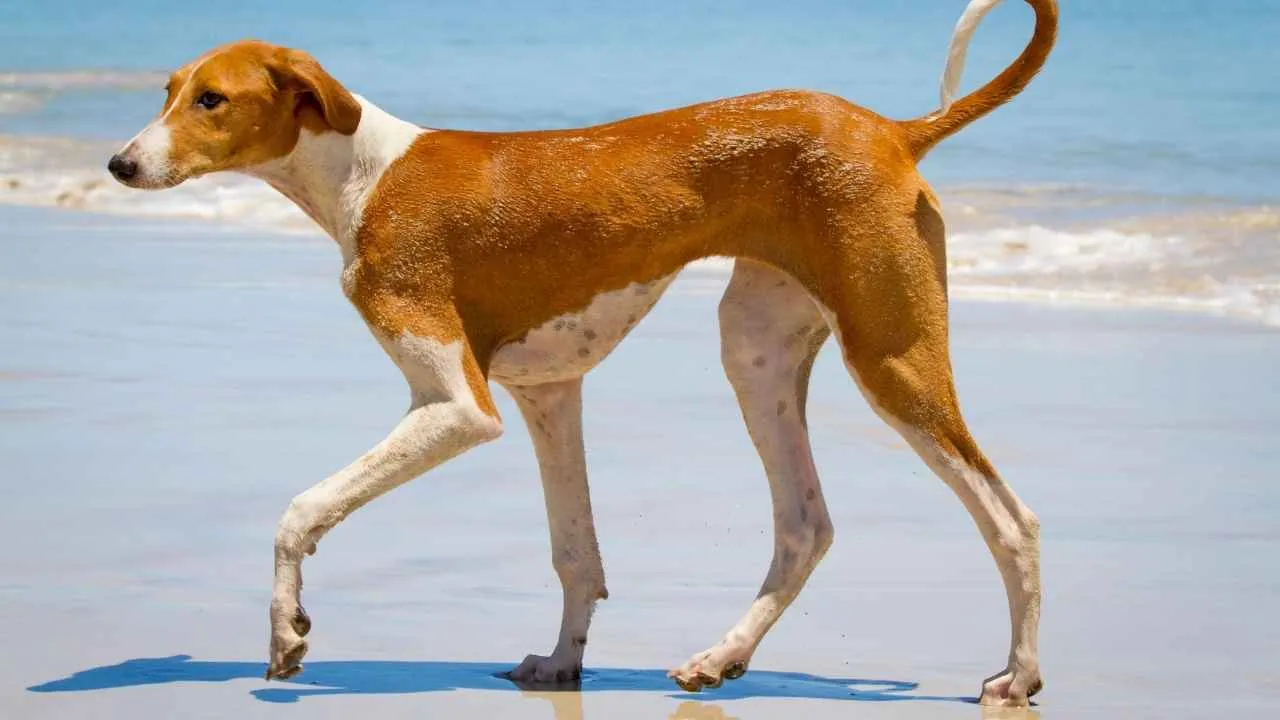
Have you ever seen a dog that looks like a graceful desert runner come to life?
The Azawakh, also known as the Arabian Greyhound, is a truly unique and rare dog breed from West Africa, named after the Azawakh Valley in the Sahel region.
It has a lean, elegant build, long legs, and a fine short coat that shows off its muscular build while remaining slim and agile. These dogs were initially bred in ancient times by nomadic people to be both guardians and hunting dogs, running at incredible speed to chase desert game like hare and antelope.
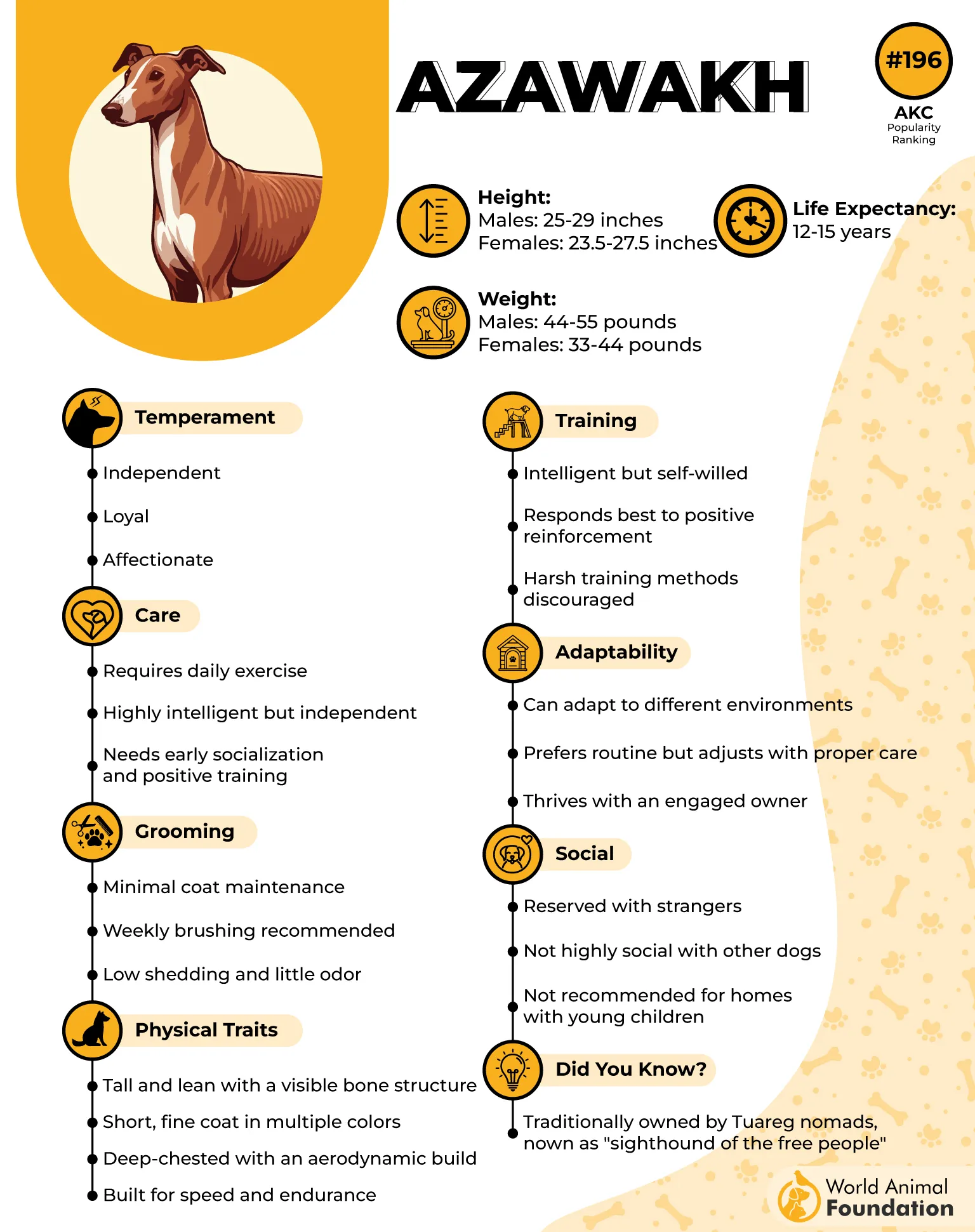
Despite their origins in harsh climates, Azawakhs make affectionate and loyal companions — they bond strongly with their “pack” and carefully cross paths with strangers. Their energy and athleticism shine during activities like lure coursing, where they often excel, showing how adaptable they can be.
As a slender, powerful breed, they also need exercise and structure, making them ideal for experienced dog owners who understand sighthound temperament.
Fun Fact
The Azawakh only became fully recognized by the American Kennel Club in 2019.
6. Lagotto Romagnolo
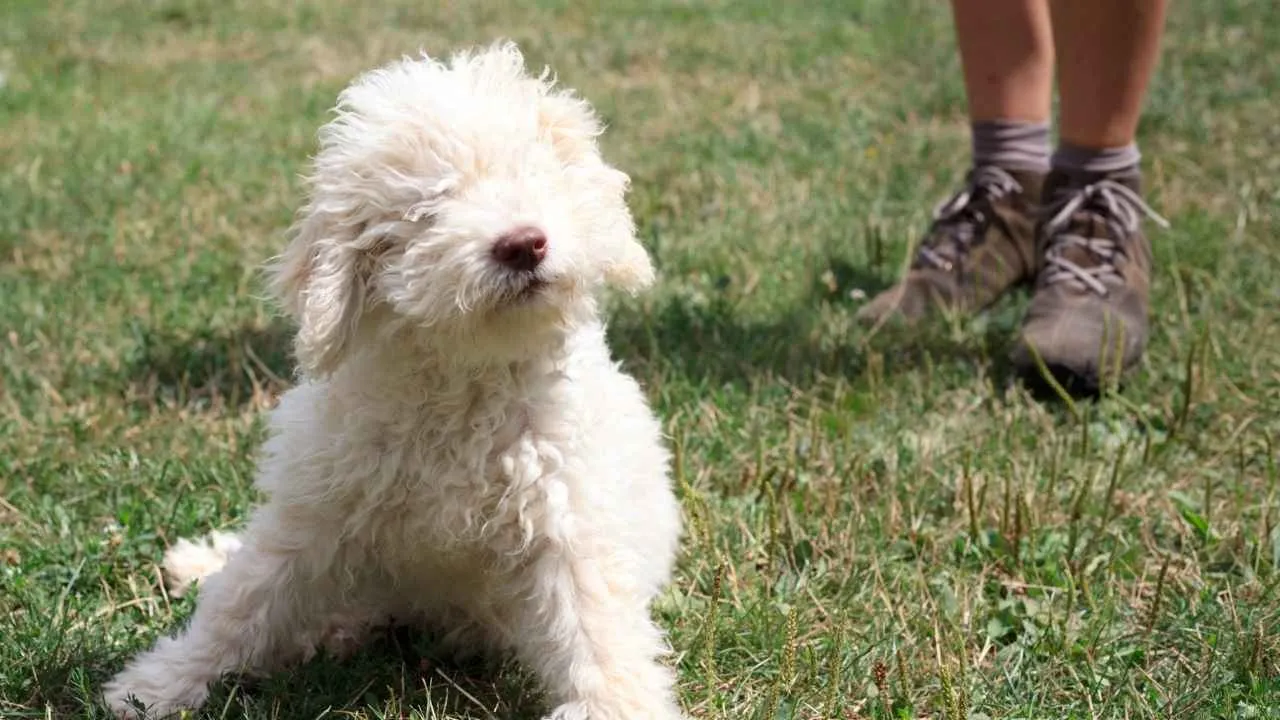
Could a truffle-hunting dog also be your curly-haired couch buddy?
The Lagotto Romagnolo is a medium-sized, athletic dog from the marshy lands of Italy’s Romagna region. Originally, this breed worked as a water retriever, helping hunters collect waterfowl and showing off its natural webbed feet.
Over time, as Italy drained its wetlands, the Lagotto’s popularity grew — and it became one of the world’s best hunting dogs for truffles. Their coat is one of the most distinctive things about them: dense, curly coats that are wool-like and low-shedding.
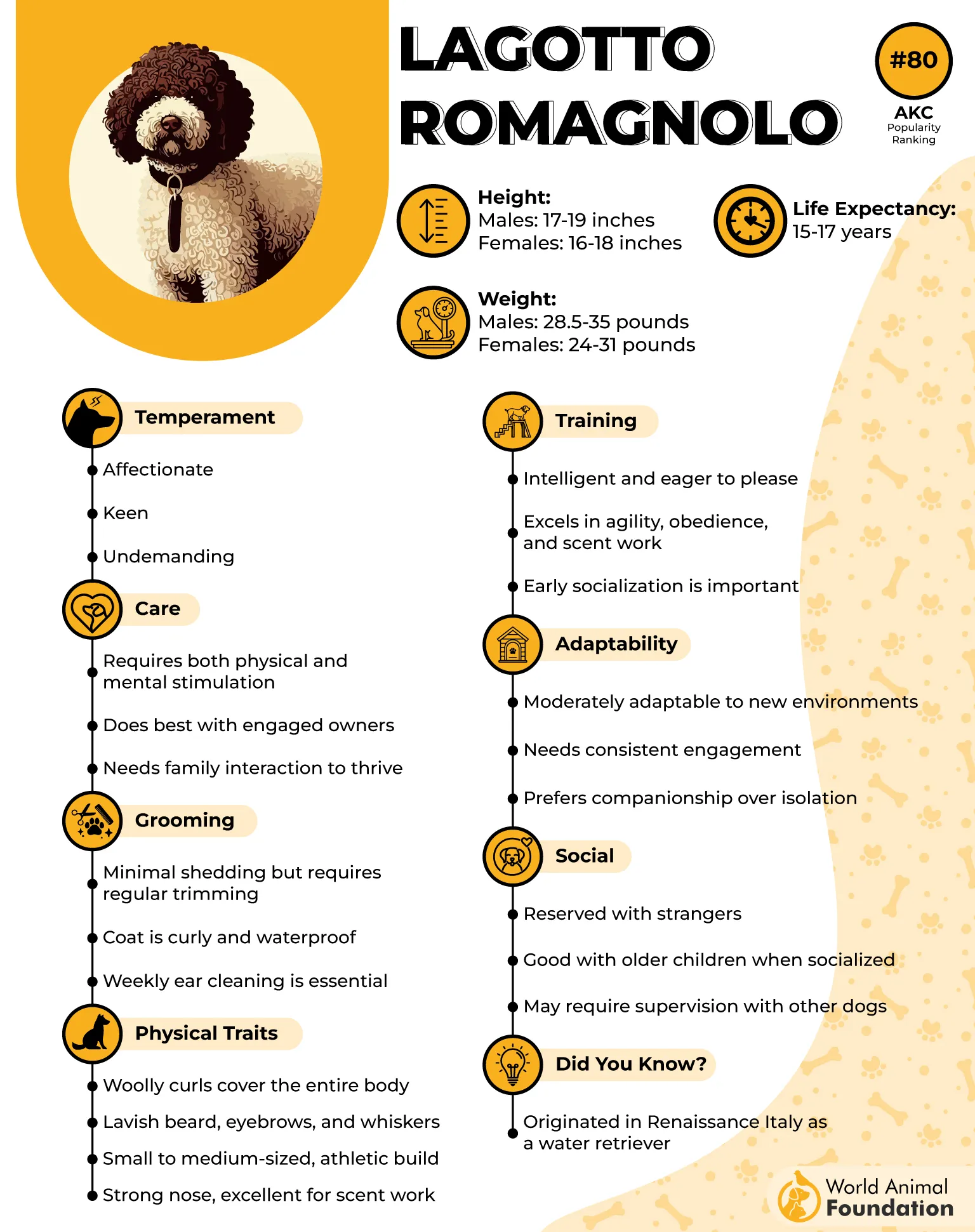
That curliness protects them and gives them a soft, almost teddy-like feel. These medium-sized dogs are smart and quick with their smell, making them highly versatile — scent games, puzzle toys, or even agility and tracking work suit them perfectly.
Despite being working dogs, they also make warm, devoted companions who bond deeply with their families.
Fun Fact
The Lagotto Romagnolo has its own truffle‑searching performance tests — put in place to keep their original skill sharp.
7. Norwegian Lundehund
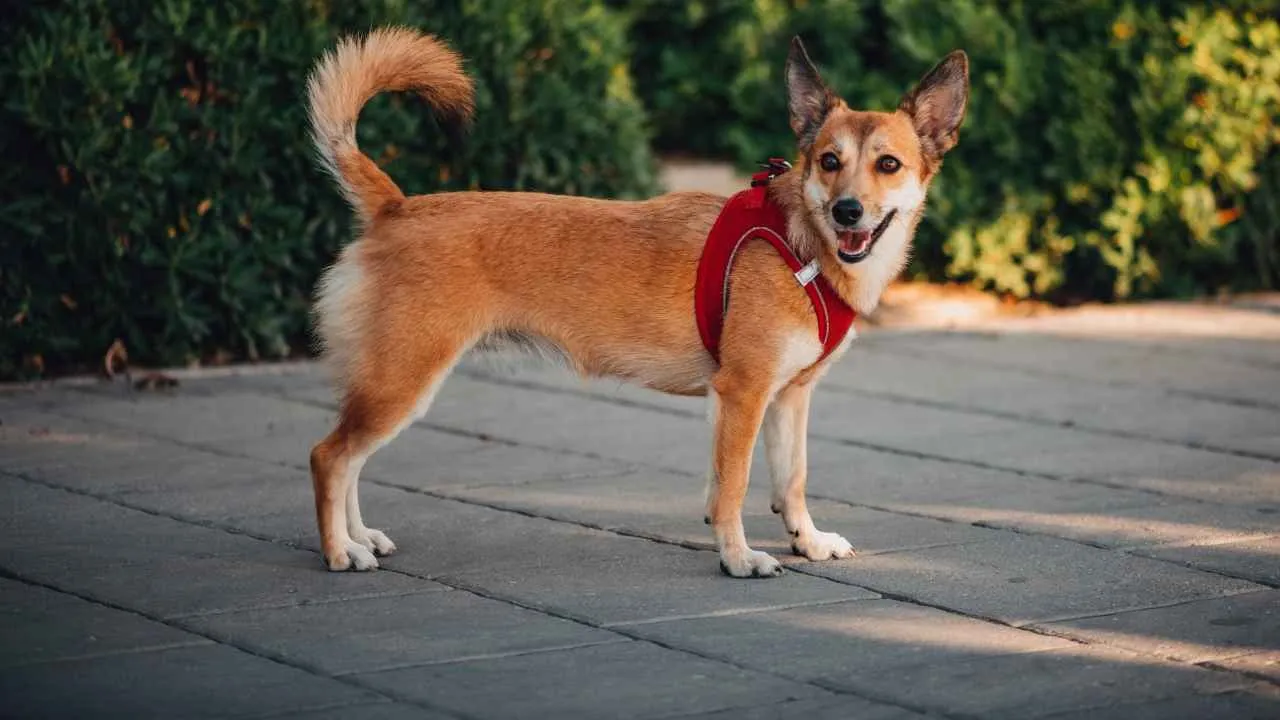
What if a dog could grip cliffs like a mountain goat — with six toes on each foot?
The Norwegian Lundehund is an ancient and rare dog breed that looks like something out of a fairy tale. This small spitz-type dog was initially bred in remote parts of Norway to hunt puffins in cliffside caves.
What makes this breed truly extraordinary is its body: six toes per paw, super-flexible joints, and the ability to bend its neck so far back that its head touches its spine. Despite its ancient role, the Lundehund is not just a relic — it’s a lively, alert companion.

These dogs are athletic but don’t need constant high‑energy play; moderate daily exercise and mental stimulation make them happy. They can be somewhat reserved with strangers, so they do well with young age socialization.
Owners need to be aware of health risks, though: the breed’s limited gene pool has led to certain digestive issues.
Fun Fact
The Lundehund’s six-toed paws weren’t just for show — those extra digits helped it climb steep cliffs and squeeze into tight caves while hunting puffins.
Conclusion
From the mop-like Komondor to the six-toed Norwegian Lundehund, these rare dog breeds you need to know about show the incredible diversity of the canine world.
Each breed carries its own story — some were originally bred for hunting, herding, or guarding, while others lived alongside humans for companionship and loyalty.
Many of these rare dogs are still unknown to most pet lovers, making them a treasure for anyone fascinated by unique pets.
Learning about these breeds not only inspires awe but also deepens our appreciation for the bond between humans and dogs.
Whether you seek a playful companion, a skilled hunting partner, or a dignified guardian, the world of rare dog breeds has something truly extraordinary to offer.


